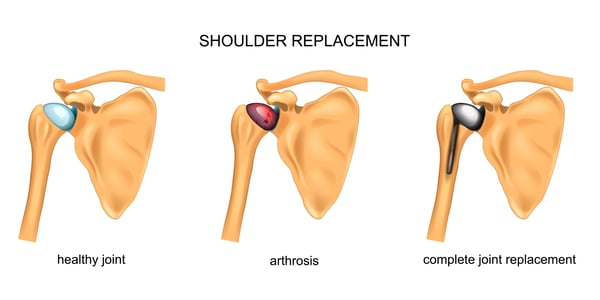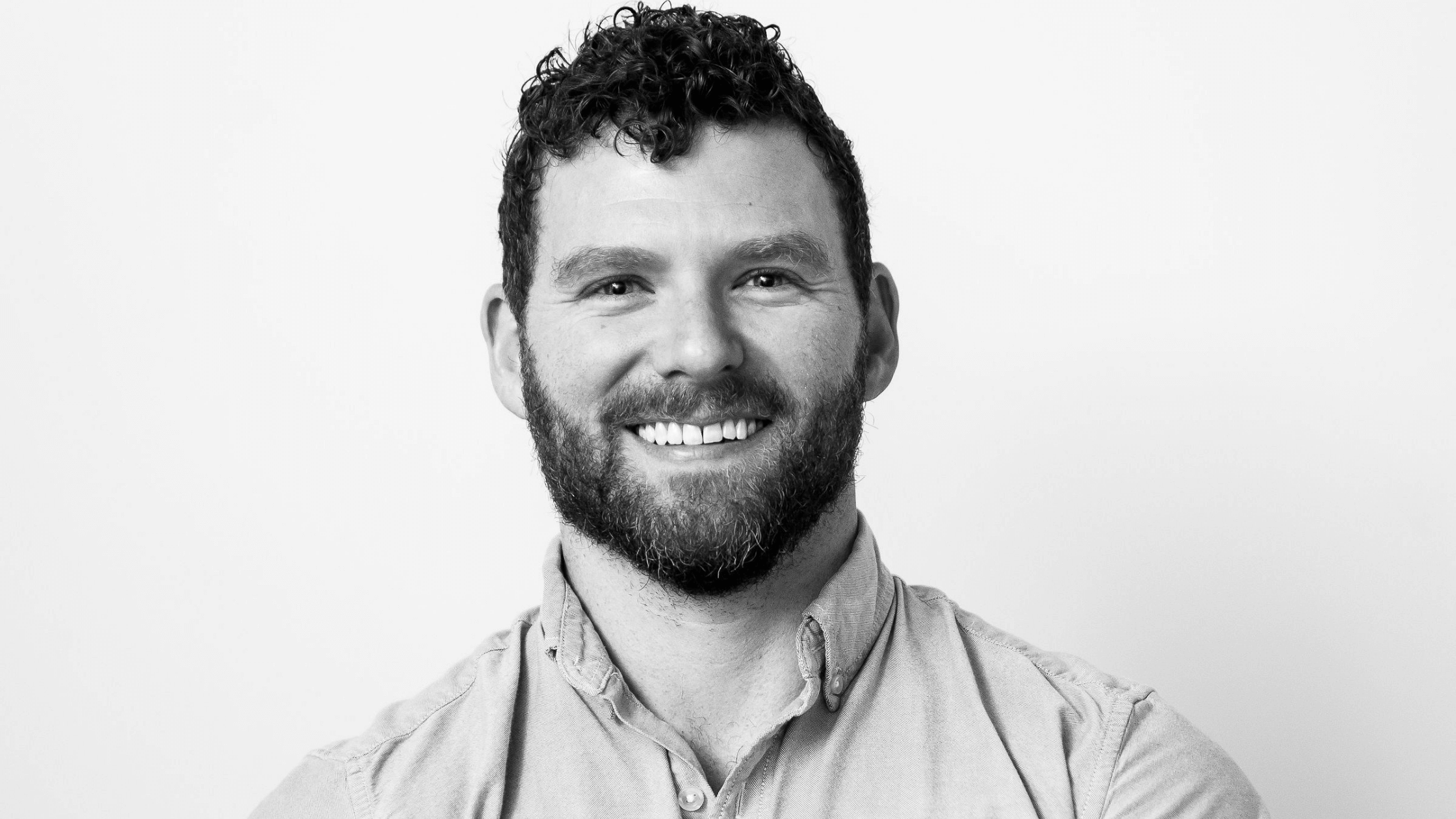Preparing for a Shoulder Replacement: The Role of Physical Therapy

Licensed Physical Therapy Assistant // CrossFit Level 1 Trainer // EW Motion Therapy Hoover
Shoulder pain and limited mobility can significantly impact our daily lives. When conservative treatments no longer provide relief, shoulder replacement surgery may become the next step. However, undergoing surgery is not the end of the road; it's just the beginning of a journey towards a better-functioning shoulder. Physical therapy plays a crucial role in preparing individuals for shoulder replacement surgery. In this article, we'll explore what physical therapy before a shoulder replacement entails and how it helps patients achieve better outcomes post-surgery.
Understanding shoulder replacements
Before diving into the importance of physical therapy before shoulder replacement, let's briefly understand what shoulder replacement surgery is. Shoulder replacement, also known as shoulder arthroplasty, is a surgical procedure in which a damaged or diseased shoulder joint is replaced with an artificial one made of metal, plastic, or a combination of materials. This procedure is typically performed to relieve severe pain and improve shoulder function in individuals with conditions like osteoarthritis, rheumatoid arthritis, or traumatic injuries.

The role of preoperative physical therapy
Preoperative physical therapy is a vital component of the shoulder replacement journey. Its primary objectives are to:
- Assess the patient's condition: A thorough evaluation by a physical therapist helps determine the patient's baseline shoulder function, pain levels, and any limitations in mobility or strength. This assessment is a starting point to track progress throughout the treatment plan.
- Improve range of motion: Many individuals facing shoulder replacement surgery have limited range of motion due to pain and stiffness. Physical therapy aims to gradually restore this range of motion through targeted exercises and stretches.
- Strengthen muscles: Strengthening the muscles around the shoulder joint is essential for post-surgery recovery. Strong muscles provide better support to the new joint and can help prevent complications.
- Reduce pain and inflammation: Pain management is crucial to preoperative physical therapy. Therapists may use ice, heat, or ultrasound to alleviate pain and reduce inflammation.
- Enhance overall physical fitness: Building cardiovascular fitness and overall strength can help patients recover more effectively after surgery. Physical therapists often incorporate exercises that work on the whole body to improve endurance and general health.
What does a preoperative physical therapy plan look like?
A preoperative physical therapy plan is tailored to each patient's needs and conditions. Here's an overview of what a typical treatment plan may include:
- Initial assessment: The process begins with a comprehensive evaluation of the patient's shoulder function, pain levels, and overall physical condition. The therapist gathers information about the patient's medical history and previous treatments.
- Goal setting: Based on the assessment, the physical therapist and patient collaborate to set clear and achievable goals for the preoperative phase. These goals include reducing pain, increasing range of motion, and improving muscle strength.
- Range of motion exercises: Gentle range of motion exercises are often prescribed to improve flexibility in the shoulder joint. These exercises help loosen stiff muscles and prepare the joint for surgery. Examples include pendulum exercises and wall slides.
- Strengthening exercises: Strengthening exercises target the muscles surrounding the shoulder joint. These exercises help improve stability and support for the joint. Examples include shoulder blade squeezes and resistance band exercises.
- Pain management: Therapists may use ice or heat therapy, manual therapy, and gentle massage to alleviate discomfort and reduce inflammation.
- Education: Patients receive education about the surgery, what to expect during the hospital stay, and post-operative precautions. This knowledge helps patients mentally prepare for the upcoming procedure.
- Home exercise program: Patients are usually given a home exercise program to continue their rehabilitation independently. Consistency is critical to achieving optimal results.
- Progress tracking: Throughout the preoperative phase, the physical therapist monitors the patient's progress, adjusting the treatment plan as needed. Regular assessments ensure that the patient is on track to meet their goals.
Benefits of preoperative physical therapy
Engaging in physical therapy before shoulder replacement surgery offers several advantages:
- Improved surgical outcomes: Patients who undergo preoperative physical therapy often experience quicker and more successful recoveries after surgery.
- Pain reduction: Physical therapy can help reduce pain and discomfort, allowing patients to better manage their symptoms before surgery.
- Faster recovery: Preoperative physical therapy sets the stage for a smoother post-operative rehabilitation process. Physically prepared patients tend to regain mobility and strength more quickly.
- Enhanced quality of life: By addressing shoulder issues before surgery, individuals can enjoy an improved quality of life with less pain and greater mobility.
- Reduced complications: Strengthening the muscles and improving joint function before surgery can help reduce the risk of complications during and after the procedure.
Preoperative physical therapy is a crucial stepping stone toward shoulder replacement surgery. It prepares patients both physically and mentally for the upcoming procedure, improves the chances of successful outcomes, and helps individuals regain their quality of life. If you are considering shoulder replacement surgery, consider the importance of preoperative physical therapy. It's an investment in your shoulder health and future well-being. We love helping our pre-op clients at EW Motion Therapy prepare mentally and physically for their procedures, getting clear on expectations, and transitioning seamlessly into post-op physical therapy. If you’re curious about what else physical therapy can do for you, click the button below to download our answers to 20 frequently asked questions.


